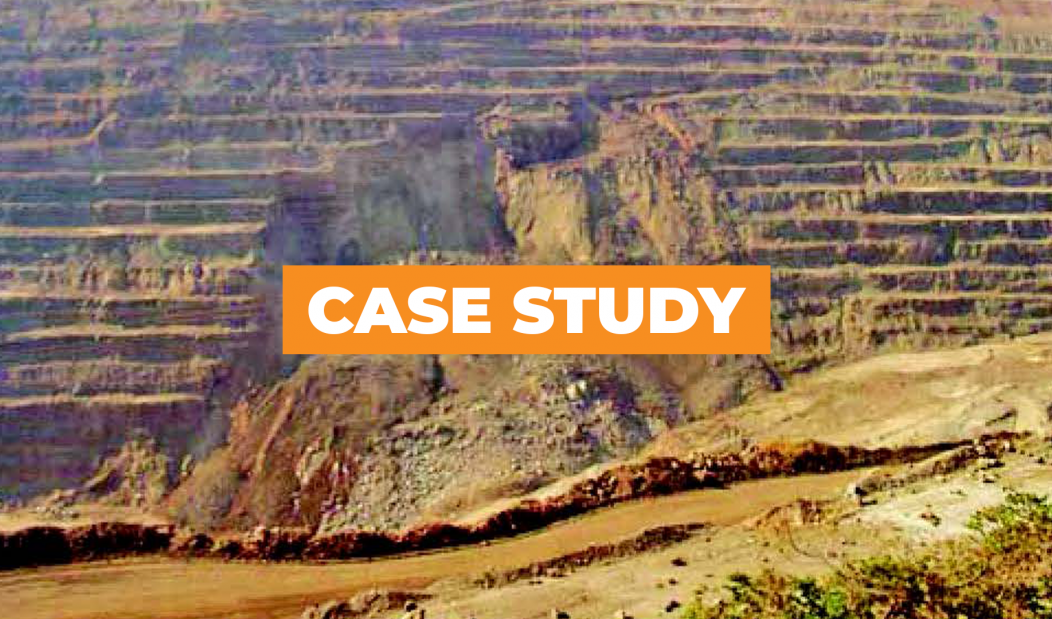SSR Technology to Optimise Safety and Recovery at Nchanga Mine

NCHANGA OPEN PIT (NOP) USES SSR TECHNOLOGY TO OPTIMISE SAFETY AND RECOVERY
The NOP division of Konkola Copper Mines Plc (KCM) has been mining copper ore at their Chingola operation for almost 50 years.
During that time the pit operations have been disrupted a number of times in response to failures of both high and low walls. In September 2002, cracking was observed on the 165m bench of the North Wall indicating that a failure was developing. NOP immediately implemented procedures to increase vigilance in this area of concern.
Strata in NOP dip to the north at an average of 25° and comprise a series of relatively weak shales sandstones and dolomites. The locality experiences an annual rainfall of about 1500mm so control of weathering and erosion of weak rocks becomes a major factor in slope stability.
The pit was planned to deepen to the 330m bench by July 2004. The geotech department in consultation with SRK installed a series of survey beacons as benches were developed. Displacement measurements were made regularly by the survey department and presented to management as movement rates. Typically, displacement rates were in the order of 2mm/ day and movements were regular and predictable. Often, changes in rate coincided with mining activity taking place close to the area of concern. Geotechnical staff patrolled the slope to identify and monitor any changes in rock condition.
Nchanga Open Pit (NOP) uses SSR technology to optimise safety and recovery In December 2003 a change in movement patterns occurred. Rates temporarily increased to 20mm/day or more in association with blasting and threshold rates increased to between 5 and 10mm/day.
In April 2004, the instantaneous rate associated with blasting exceeded 150mm/day and the threshold rate increased to 35mm/day.
Concern was expressed about the risk to personnel and the possibility of the slope collapsing before all of the ore had been extracted on the 330m bench. In conjunction with SRK, KCM contacted GroundProbe Australia and fast-tracked the importation of a Slope Stability Radar System (SSR).
The SSR was able to record displacements at over 3000 points on the slope (pixels) to sub-millimetre precision and at approximately 15-minute intervals on a 24/7 basis. The ability to identify and track slope movements with such intensity provided management with the confidence to continue mining. A collapse involving approximately 4.5 million tones of rock occurred on 16th July 2004. Movement rates in the hours preceding collapse had climbed to over 120mm/hour and personnel and equipment in nearby areas were evacuated with sufficient warning time. NOP was still able to safely recover all of the ore.
“The Slope Stability Radar is now an integral part of NOP. The mine’s confidence in the system is also making major contributions to the mine’s future plans.”
– Alan Naismith, Geotechnical Engineer, SRK Consultants

